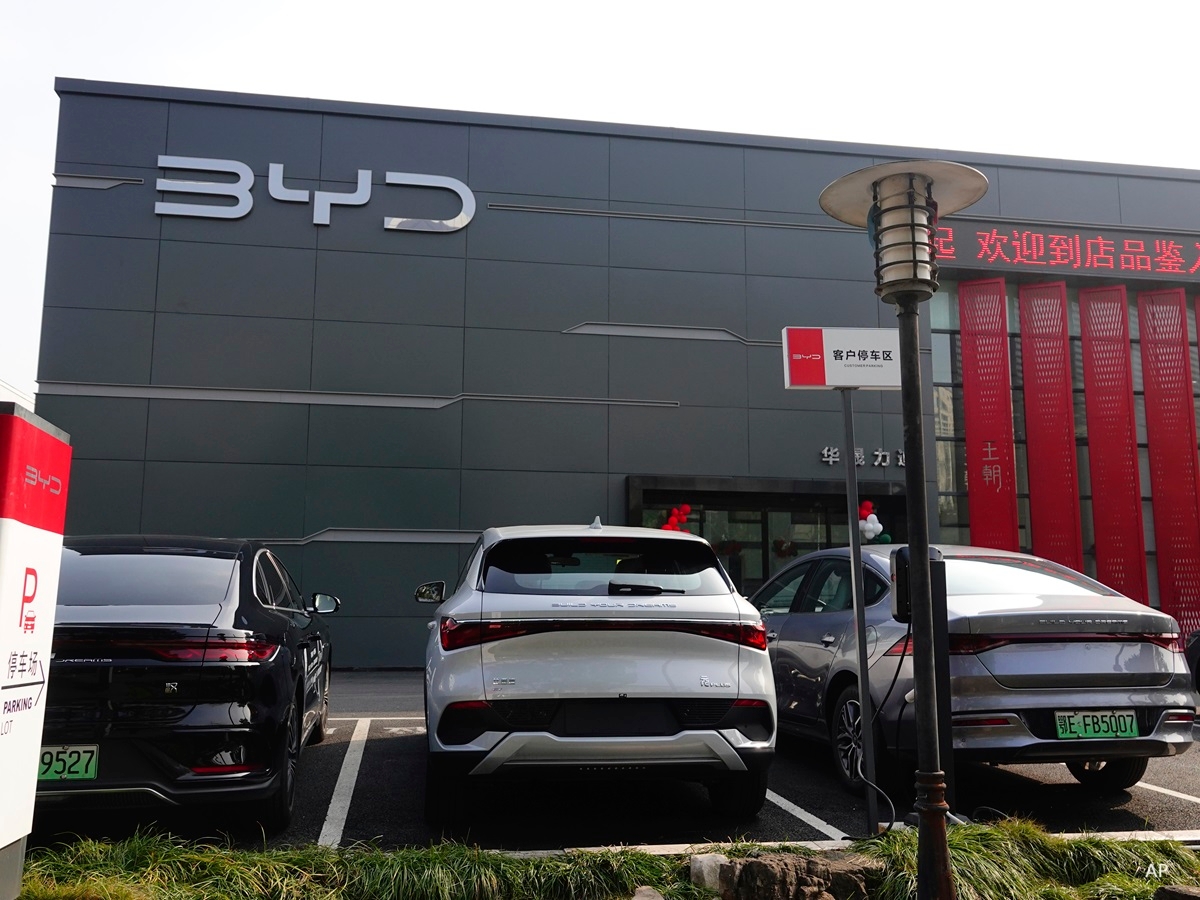Kate Lin: Welcome to Morningstar. 2021 was a banner year for China's new energy vehicle market with sales hitting 3.3 million units. Despite the COVID lockdowns in major cities, so far this year, sales are up 1.1 times from a year back. Vincent Sun, equity analyst at Morningstar, recently initiated coverage of three Chinese EV makers. They are Xpeng (XPEV, 09868), NIO (NIO) and Li Auto (LI, 02015). He is here to tell us his views.
Hi, Vincent. Let's start with a general market observation. At what stage or cycle we are for Chinese EVs? So, compared to the U.S., what can we expect for the upcoming years?
Vincent Sun: Hello, Kate. So, China EV market is still in its early-stage development with ample room for growth. We are seeing rapid EV adoption in both U.S. and China markets and project EVs will reach 30% of global sales by the end of the decade. China will probably grow faster in terms of sales and the penetration rate. The country sold 3 million passenger new energy vehicles last year accounting for 16% of the total passenger car sales. So, this implies a 1.7 times year-on-year increase compared to 6% for the larger passenger car market. So, by 2025, we forecast passenger EV sales to see a four-year CAGR of 25% to 8 million units with 32% penetration, up from 16% last year.
Lin: The starting valuations for your coverage are now fairly priced. Can you tell us a little bit more about their fundamentals?
Sun: Yeah. So, riding on the industry tailwind and the increasing consumer adoption, we forecast rapid volume expansion and revenue growth for the three names. We estimate vehicle delivery to expand by a three-year CAGR of 51% to 75% and revenue by 57% to 77% for the trio. Growing economies of scale and lower unit production costs will lead to improved outlook for vehicle sales profit. So, as a result, we expect the Li Auto to be profitable in 2024, NIO and Xpeng in 2025. With shares trading at roughly half of historical average levels on forward price to sales, we believe valuations are attractive at current levels.
Lin: Also, we noticed that all of them receive a no moat rating. Why? And how might they earn the moat down the road?
Sun: Yeah. We like them for different reasons such as Xpeng for technology leadership and NIO for establishing a premium brand in China. But generally, we see two moat sources in the auto sector from intangible assets such as brand equity and from cost advantage. At this stage of sector growth, we do not yet see either moat source to be sustained by these firms. As the industry becomes increasingly competitive, we think it is too early to determine whether the technology lead and brand equity that these firms have will be retained over at least a 10-year period. Legacy ICE car making is highly competitive and capital intensive, and we expect the same in the EV market over time. So, we rate them no moat. We would like to see them leverage on the current leadership and be able to maintain a premium pricing over competitors' products to earn the moat.
Lin: Awesome. Thank you so much, Vincent. For Morningstar, I'm Kate Lin.













.png)




.jpg)





